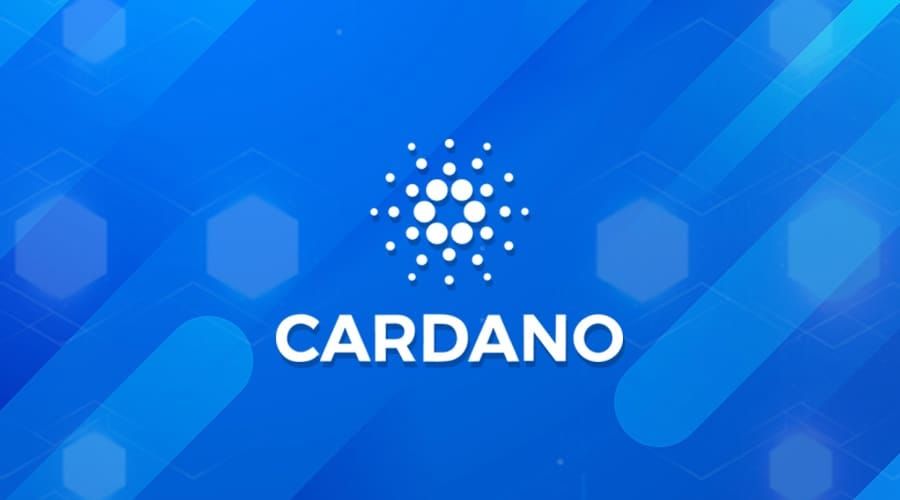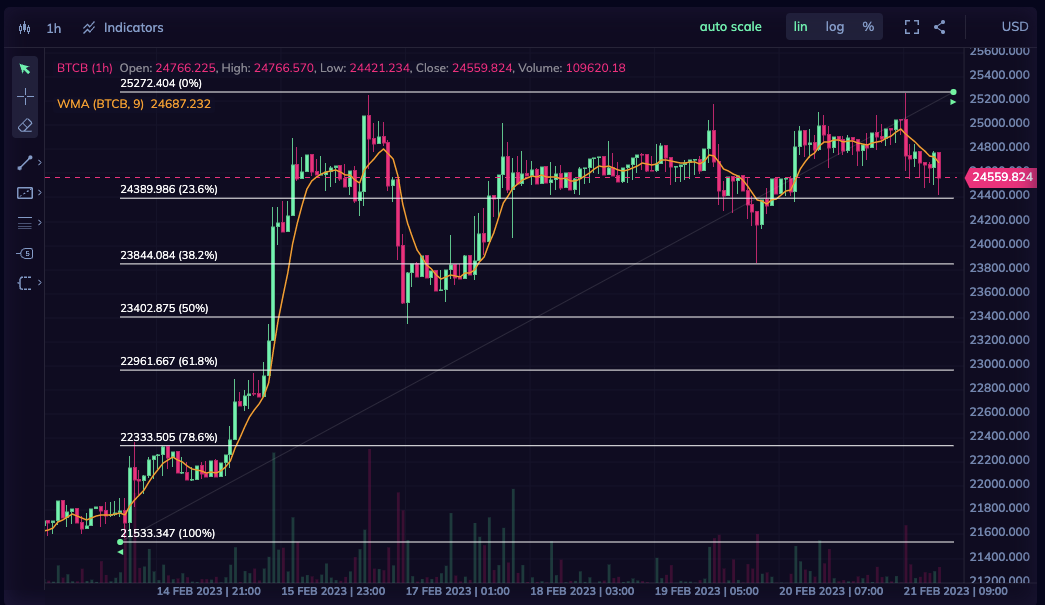Cardano (ADA).
Cardano is a third-generation blockchain platform that aims to offer a more secure, sustainable, and scalable ecosystem for decentralized applications and smart contracts.

Cardano is a third-generation blockchain platform that aims to offer a more secure, sustainable, and scalable ecosystem for decentralized applications and smart contracts. The platform is built using a proof-of-stake consensus mechanism and features a unique multi-layer architecture that separates the computation and settlement layers. In this article, we will discuss the history of Cardano, explain how it works, provide examples of its use, and explore interesting facts about the platform.
History
Cardano was founded in 2015 by Charles Hoskinson, a co-founder of Ethereum. The project was launched in 2017, and since then, it has become one of the most prominent blockchain platforms in the market. The Cardano Foundation, IOHK, and Emurgo are the three entities responsible for the development and promotion of the Cardano ecosystem.
How it Works
Cardano is built using a proof-of-stake consensus mechanism called Ouroboros. This mechanism is designed to be more energy-efficient and scalable than the proof-of-work mechanism used by Bitcoin. Cardano's unique multi-layer architecture consists of two layers: the settlement layer and the computation layer.
The settlement layer is responsible for handling transactions and is based on a UTXO (unspent transaction output) model, which is similar to the model used by Bitcoin. The computation layer is responsible for handling smart contracts and is based on a unique programming language called Plutus.
Cardano uses a treasury system to fund development and maintenance of the platform. A portion of the transaction fees is set aside in a treasury, which can be used to fund future development and innovation.
Examples
- Decentralized Finance (DeFi): Cardano is positioning itself as a major player in the DeFi ecosystem, offering a more secure and sustainable platform for decentralized applications and smart contracts.
- Identity Verification: Cardano is exploring the use of its platform for identity verification and digital identity management.
Interesting Facts
- Cardano is named after the Italian mathematician Gerolamo Cardano, who is known for his work in probability theory and algebra.
- Cardano's founder, Charles Hoskinson, was also a co-founder of Ethereum and was instrumental in the development of its early stages.
- Cardano was the first blockchain platform to be built using a peer-reviewed research-based approach, which has helped to ensure the platform's security and scalability.
Conclusion
In conclusion, Cardano is a third-generation blockchain platform that offers a more secure, sustainable, and scalable ecosystem for decentralized applications and smart contracts. The platform is built using a proof-of-stake consensus mechanism and features a unique multi-layer architecture. Cardano is positioning itself as a major player in the DeFi ecosystem and is exploring the use of its platform for identity verification and digital identity management. As the Cardano ecosystem continues to evolve and grow, it is likely to become a major player in the blockchain and cryptocurrency space.




